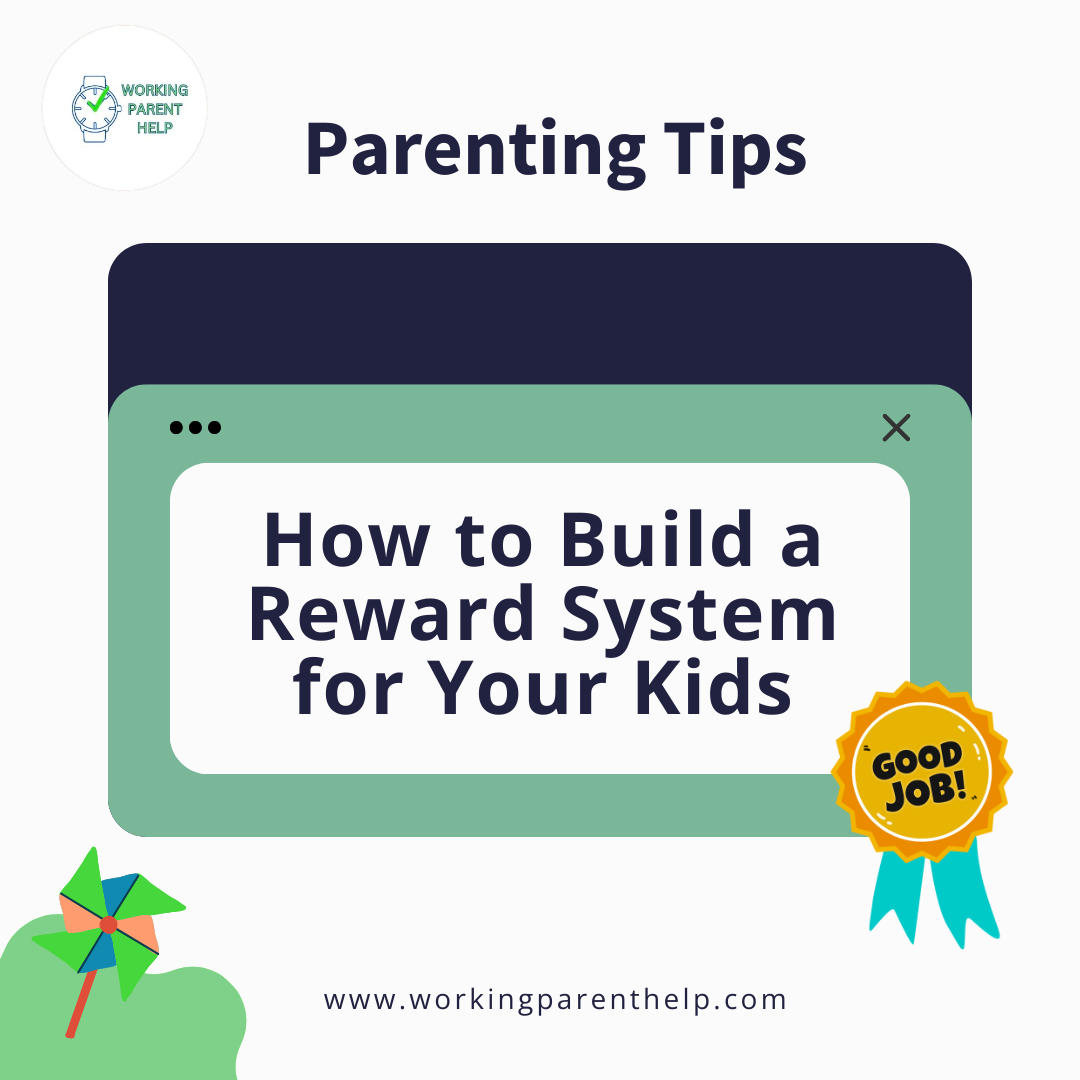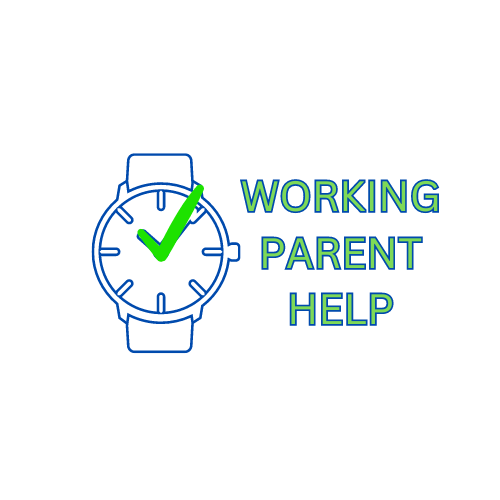
How to Build a Reward System for Your Kids
Because a gold star a day keeps the chaos away (sort of).
If you’re a parent, you already know that getting your child to do things like putting their shoes away, brushing their teeth, or not launching crackers across the room can feel like negotiating a peace treaty—with snacks.
Enter: the reward system. It’s not bribery. It’s not manipulation. It’s positive reinforcement with a side of motivation—and it works.
A good reward system teaches your child responsibility, builds positive habits, and gives them something to strive for (besides “one more episode” of Bluey). And the best part? You can customize it to work for your family, your values, and your specific brand of adorable chaos.
So, let’s dive into how to create a reward system that doesn’t just work—but actually makes life easier.
1. Set Clear Goals and Expectations 📝
Step one: know what behaviors you're trying to encourage. Spoiler alert: “Stop driving me crazy” is not specific enough.
Instead, identify clear, measurable actions. For example:
-
Make the bed every morning
-
Say “please” and “thank you”
-
Brush teeth without a 20-minute meltdown
-
Share toys without turning into a tiny dictator
Kids thrive on clarity, so write out a short list of “daily missions” or “kindness quests.” You can even make it fun by turning it into a superhero checklist or a treasure map.
Tip: Keep the list short and age-appropriate. Don’t expect a toddler to organize your spice rack. (Although, if they do, let us know—we have follow-up questions.)
2. Choose Meaningful Rewards 🎁
Not all rewards are created equal. A sticker might light up your 4-year-old’s world, but your 9-year-old might need something with more sparkle—like screen time, a special outing, or picking what’s for dinner.
The trick is to offer rewards that match your child’s interests and feel achievable. A few examples:
-
Extra bedtime story
-
Movie night with popcorn
-
Choosing what music to blast in the car (pray it's not Baby Shark again)
-
Earning swim day with their favorite Anti-Fog Swim Goggles and Silicone Swim Cap to splash in style
Make a mix of small, daily rewards and larger “jackpot” incentives they can work toward over time. That way, they stay motivated but don’t expect a new toy every time they put on socks correctly.
3. Use a Point System (or Stickers, or Beads, or Beans…) ⭐️
Now that you’ve set the goals and picked the prizes, it’s time to track progress. A simple point or token system works wonders. Think:
-
1 point for small tasks (putting plate in the sink)
-
3 points for bigger wins (getting ready for school without a reminder)
-
5 points for going above and beyond (helping a sibling or washing the dog without you asking… we can dream)
Visuals are key here. Kids LOVE watching their progress add up. Use a jar with beads or a chart with colorful stars. Or go digital if that’s more your style.
Pro Tip: Don’t just reward behavior—celebrate effort. Even if the bed is still slightly wrinkled, the act of trying deserves recognition.
4. Celebrate Small Wins 🎉
Progress is progress—even if it comes in 3-minute increments.
Make a big deal out of wins, no matter how small. High-fives, happy dances, or dramatic “ta-da!” performances go a long way in making your child feel proud of themselves.
The goal is to reinforce that doing the right thing feels good. (Especially when there’s a little praise, a sticker, or a promised trip to the splash pad involved.)
Speaking of splash pads: if bath time is part of the reward, level up your safety game with the AquaCushion Soft Safety Spout Cover—because nothing ruins a victory bath like a bumped head on the faucet.
5. Make It Fun and Personalized 🎨
The best reward systems feel more like games than chores. Get your child involved in creating the chart, naming their “mission,” or drawing silly reward coupons.
Some fun ideas:
-
“Kindness Coins” they collect and trade
-
“Responsibility Raffle” where points = tickets
-
“Daily Dragon Quests” (for fantasy lovers)
-
“Mom Bucks” they can spend on activities
Let them help design the system so they feel ownership. The more buy-in, the more motivated they’ll be.
And if things go off the rails? That’s okay! Adjust as needed. Some days are two-steps-forward, one-tantrum-back. You’re not just raising a responsible child—you’re also building resilience and relationship.
Real Talk: It’s Not About Perfection, It’s About Progress 💛
Building a reward system isn’t about controlling your child—it’s about teaching them that their actions have value. That effort matters. That responsibility can actually feel good.
And while no system will eliminate whining or shoe-throwing entirely (we wish), it can absolutely reduce the daily chaos and add a sprinkle of fun to your routines.
So whether your child is earning points toward a toy, a swim day, or just bragging rights, you’re giving them tools that will last well beyond chore charts.
